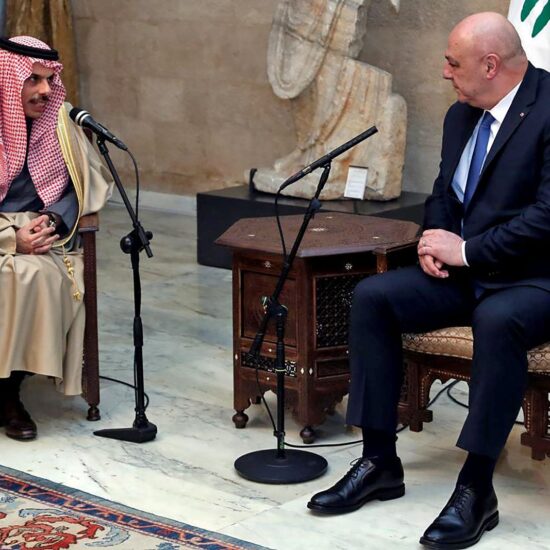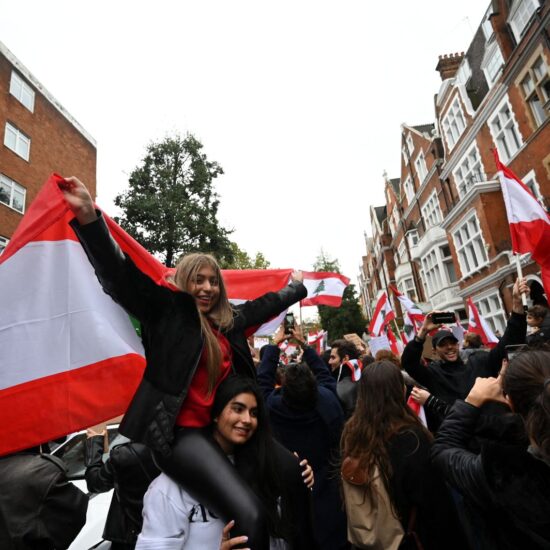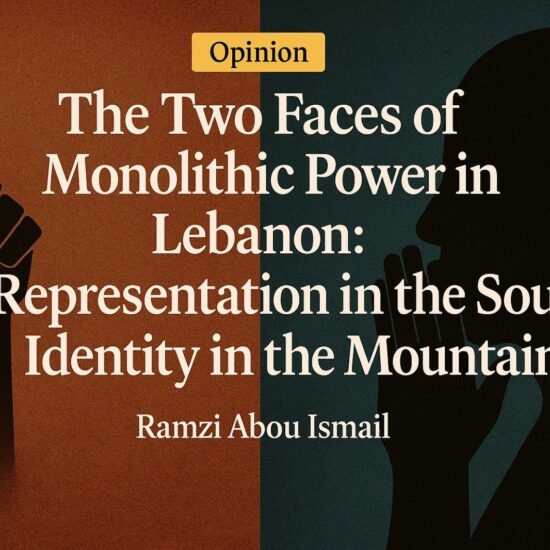
The killing of Haytam al-Tabtabai, one of Hezbollah’s most seasoned military commanders and chief of staff, again exposes Lebanon to the consequences of a confrontation it neither initiated nor controls. While Hezbollah has already framed the strike as part of its long confrontation with Israel, the event underscores a deeper structural reality: the organization’s regional entanglements, its entrenched presence in civilian areas, and the Lebanese state’s inability to shield its population from the repercussions of both.
al-Tabtabai spent recent years overseeing elite Hezbollah units and working to rebuild the group’s military capabilities across Lebanon and Syria. This latest strike was reportedly the third attempt to target him.
Born in Beirut in 1968 to a Lebanese mother and Iranian father, al-Tabtabai grew up in southern Lebanon and joined Hezbollah as a young man. His military career spanned operations in Lebanon, Syria, Yemen, and the Golan Heights. During the Syrian war, he was believed to have played a central role in establishing Hezbollah’s infrastructure near the Golan frontier—a project that eventually became known as the “Golan Portfolio.”
In January 2015, he survived an Israeli strike in Quneitra that killed Jihad Imad Mughniyeh and a senior Iranian officer. Following this, Hezbollah reduced his visibility and reassigned him to Yemen in 2016, where he trained Houthi fighters and coordinated with the Iranian Quds Force. That same year, he was designated by OFAC as a Specially Designated Global Terrorist, and in 2018 the United States offered a $5 million reward for information on him. By 2019–2020, he had reportedly returned to Lebanon and was associated with Hezbollah’s preparations for possible cross-border operations described as a “Galilee incursion.”
Beyond the operational biography, al-Tabtabai’s death highlights a recurring and dangerous practice: Hezbollah continues to position its leadership, weapons, and infrastructure deep inside civilian neighborhoods. Whether in Beirut’s southern suburbs, the Bekaa, or the villages of the south, this blending of military personnel within civilian environments ensures that any targeted strike—whether successful or not—carries the risk of wider civilian harm.
For years, Hezbollah has justified this approach as a form of “resistance resilience,” but in reality it places Lebanese civilians directly in the path of retaliation. The party’s insistence on operating from within densely populated areas is not a necessity of defense—it is a strategic choice, one that repeatedly exposes the country’s population to the consequences of decisions taken far beyond Lebanon’s institutions.
In the aftermath of each targeted killing, Hezbollah presents its lack of immediate retaliation as a calculated, wise, long-term strategy. The leadership describes it as “measured response,” “strategic patience,” or “deliberate timing.” But on the ground, the pattern suggests something far simpler: an inability to respond proportionally without risking a broader conflict the party is neither prepared for nor capable of managing.
This carefully constructed narrative—promoted through speeches, media outlets, and political allies—is intended to mask operational limitations. It also helps maintain internal cohesion and reassure core supporters that every setback is part of a larger, hidden plan. Yet the reality is the opposite: Hezbollah’s constrained responses reflect the pressures it faces, the vulnerabilities in its deployment, and the risks of escalation that could spiral far beyond its control.
President Joseph Aoun’s response to these developments remains limited to institutional condemnation of Israeli strikes, with no acknowledgment of the drivers that repeatedly bring these attacks onto Lebanese soil. While Aoun has emphasized Lebanon’s commitment to international resolutions and the need to avoid escalation, he has not articulated a plan to reassert state authority or address Hezbollah’s independent military decision-making.
This silence reinforces a broader truth: the Lebanese are caught between an external adversary and a domestic actor that answers neither to the government nor to public accountability.
Al-Tabtabai’s killing does not dramatically alter Hezbollah’s military posture. The organization will replace him as it has replaced many before him. But the deeper problem remains unresolved. As long as Hezbollah maintains military networks embedded within civilian areas and continues to tie Lebanon to regional battlefields—while claiming that its constrained reactions are intentional—Lebanon will remain exposed to a cycle of violence beyond the state’s control.
The lesson of al-Tabtabai’s death is therefore not about a single commander, who made his bones spreading death and destruction both at home and abroad. It is about a country trapped between an Iranian militia that views civilian spaces as shields and a Lebanese political establishment unwilling to confront the consequences. Until this structural imbalance is addressed, Lebanon will continue to absorb the fallout of decisions it never made and strategies it never sanctioned.
Makram Rabah is the managing editor at Now Lebanon and an Assistant Professor at the American University of Beirut, Department of History. His book Conflict on Mount Lebanon: The Druze, the Maronites and Collective Memory (Edinburgh University Press) covers collective identities and the Lebanese Civil War. He tweets at @makramrabah







